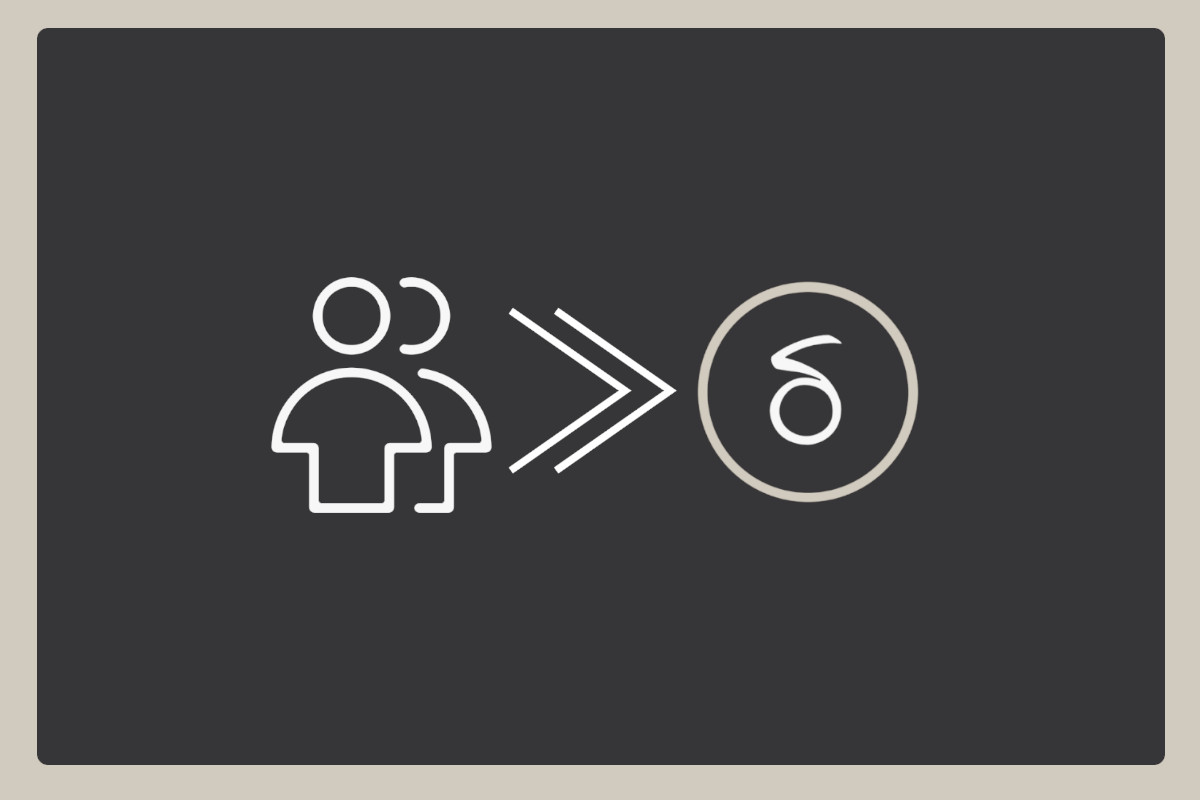This Is (Still) The Absolute Best Source Of Data For Your Small Business
We live in an era of endless digital data.
According to some sources, there are 402 million terabytes of data created every day.
This data is created in any number of ways – from interactions on search, social and email, to videos to just simple web browsing – where users go, data flows.
“Data is the new oil”, indeed.
In a sea of data that small businesses have access to these days, it’s easy for them to feel overwhelmed trying to decipher the most valuable – to the most irrelevant – sources of data.
Even with this endless amount of data, I still wholeheartedly believe the best source of data for small businesses comes from a source that’s always been available to them – even in the pre-digital era.
Their customers (or clients).
The Data That Comes (Directly) From Your Customers or Clients
Your small business exists because it was created for your customers (or clients).
It was designed to solve a problem in a unique (or different) way than others with the same alignment, (solving the same problems for the same group of customers in the same area) for a particular subset of the population.
While there are other external factors surrounding your business that are important (for reference/context purposes), data that’s gathered directly from that particular subset (your ideal/best customers) is still the most valuable.
Leveraging feedback from reviews – or getting direct feedback – about your services, products or the experience working with you, allows you to learn directly from the people who will directly benefit from improvement as a result of that data.
There’s other data that you can gather (more on that below), essentially if you’re able to gather data directly from your customers (through conversations, etc.), it’s going to be potentially much more accurate than it coming through other means.
Blending Digital & Offline Data
Just because data coming directly from your customers is the most valuable source, doesn’t mean that data you gather from other sources online isn’t still important.
In last week’s post about analytics and attribution, I mentioned how “fuzzy” attribution can be if you’re relying solely on digital analytics.
Some of that “fuzziness” can be cleared into view (and more sharply in focus) by leveraging that data you get directly from your customers.
While there’s always going to be a margin of error with any data you gather (along with some levels of bias and uncertainty), blending the two forms of data (passively through digital analytics and actively through customer feedback) can allow you to be more confident in coming to conclusions (and making decisions) as a result.
Creating More Time To Learn From Your Customers
Here’s the kicker with customer data: you need more time for those conversations and other forms of feedback – something that can always be a limiting resource for any small business owner.
Replacing yourself in different areas of your business (and ultimately removing yourself from the equation) has many benefits — one being that you can spend more time with the people for whom your small business exists to begin with.
The more time you can consistently spend with your customers, the stronger those relationships become and the more you can gather data to leverage into improving all of your digital marketing efforts.




